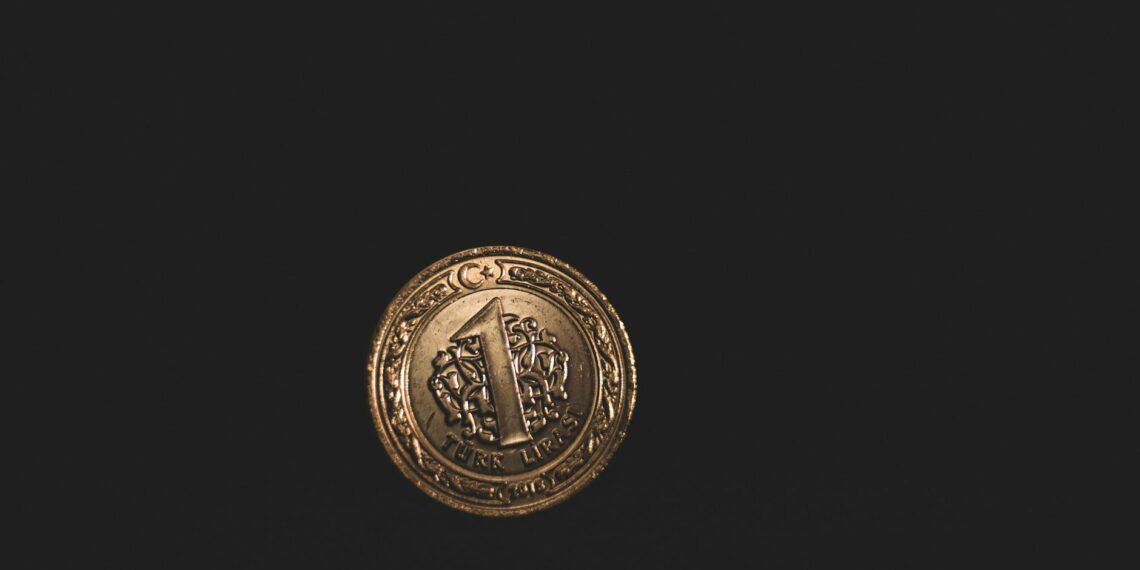Some coins with manufacturing defects, also known as error coins, can be worth significantly more than their face value.
Here are some types of defects to look for that can make a coin valuable:
- Doubled Die Errors: These occur when the coin’s design appears doubled due to a misalignment during the minting process. A well-known example is the 1955 doubled die obverse Lincoln Penny.
- Off-Center Strikes: If a coin is not positioned correctly between the dies during striking, a portion of the design might be missing or appear off-center.
- Wrong Planchet Errors: These happen when a coin is struck on a blank planchet intended for a different denomination or metal composition. A particularly valuable example is the 1943 Copper Lincoln Penny, mistakenly struck on a bronze planchet instead of steel.
- Clipped Planchets: These coins have a curved or crescent-shaped clip removed from the side, resulting from overlapping during the punching process.
- Missing Mint Marks: Some valuable errors involve coins missing their mint marks, such as the 1975 No S Proof Roosevelt Dime.
- Mules: These are coins struck with two unrelated dies, which may result in a coin having two unique denominations or other mismatched features.
- Die Caps: These occur when a coin becomes stuck in the die during the striking process, eventually resembling a bottle cap.
Examples of valuable error coins
- 1937 Three-Legged Buffalo Nickel : A flawed minting process resulted in a buffalo with three visible legs.
- 1943 Copper Lincoln Penny : Mistakenly struck on a bronze planchet during wartime steel production.
- 1975 No S Proof Roosevelt Dime : Lacks the San Francisco “S” mintmark.
Key factors determining the value of an error coin:
- Rarity: The fewer coins with a specific error, the more valuable they tend to be.
- Condition: Like any collectible, the condition of the coin plays a significant role. Well-preserved error coins without excessive wear or scratches are more desirable.
- Type of Error: Some errors, like doubled dies or wrong planchets, are generally more sought after than others.
- Collector Demand: The popularity of certain types of errors among collectors can drive up their value.
If you believe you have a valuable error coin, it’s recommended to consult with a professional coin grader or numismatist for expert evaluation and appraisal.









Are coins with defects valuable?
I can help with that. Accidental error coins are perhaps the most numerous, although in modern minting they are rare, making them potentially valuable to collectors.
How to find out the value of error coins?
Good point! Three factors drive error coin valuable: rarity, condition, and demand. A one-off error like the 1943 Bronze Cent checks every box—only a handful exist, and collectors lose their minds over them. Here are some heavy hitters: 1943 Bronze Lincoln Cent: $1.7 million+ at auction.
Are damaged coins worth any money?
I can help with that. When just a few problem-free examples are available, a problem coin’s value may not suffer considerably. If the coin has extensive damage, collectors will almost always pay substantially less for a coin than they will for a non-damaged example. Go carefully when handling your coins.